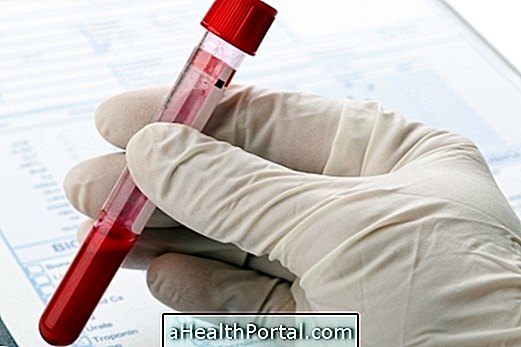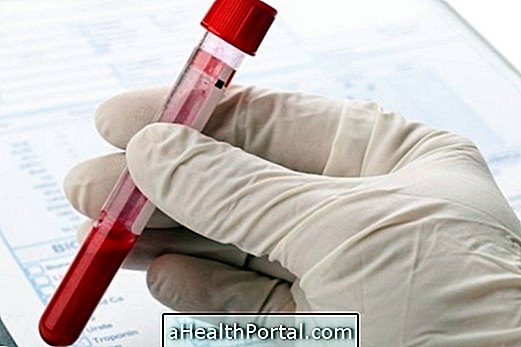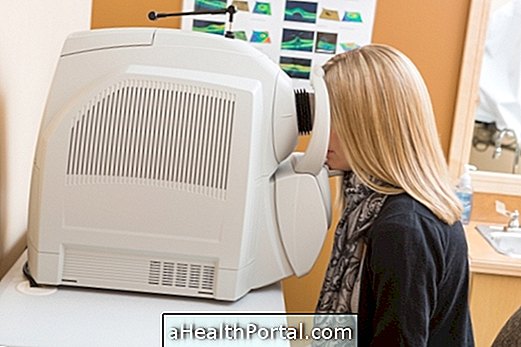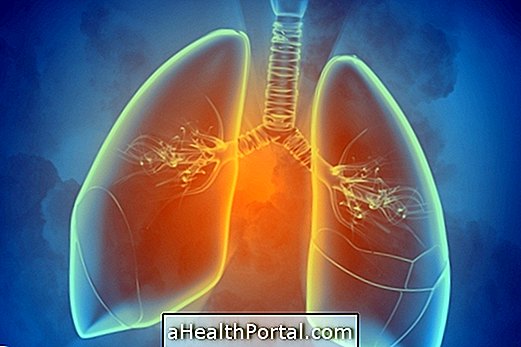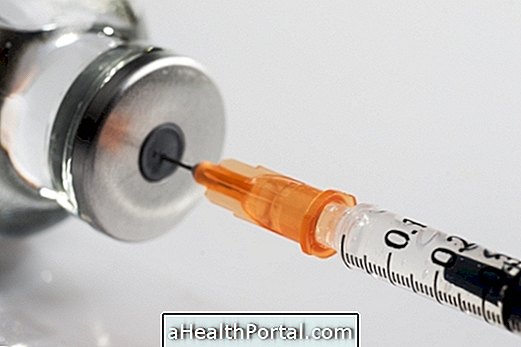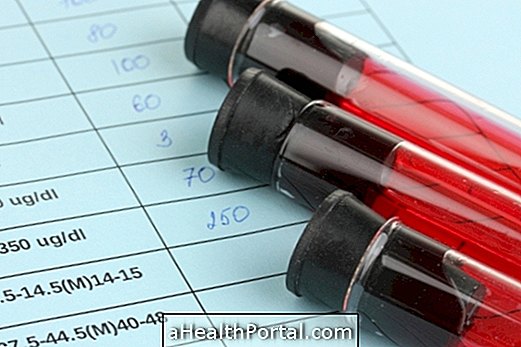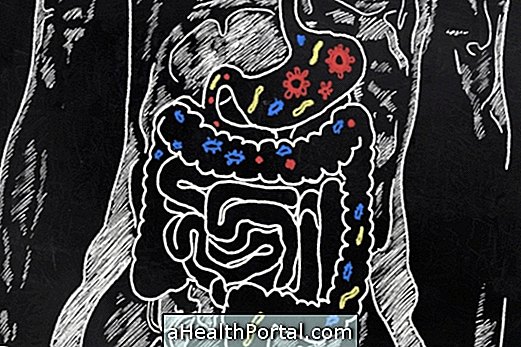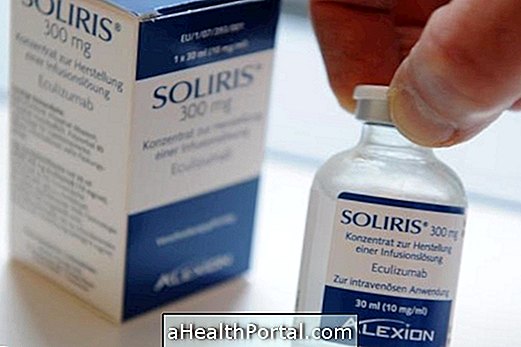To assess liver health the doctor may order blood tests, ultrasound, and even a biopsy because they are tests that provide important information about changes in that organ.
The liver participates in the digestion and metabolism of food, and in addition, it is through it that pass the medicines ingested, for example. So when there is some dysfunction in the liver, a person may find it more difficult to properly digest fats, need to follow a special diet, and avoid using over-the-counter medications. Check out liver functions.
Tests that your doctor may order to evaluate liver health include:
1. Blood tests
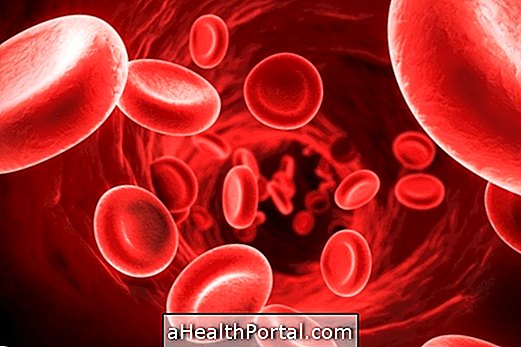
Whenever the doctor needs to assess liver health he begins by requesting a blood test called Hepatogram, which evaluates: AST, ALT, GGT, albumin, bilirubin, lactate dehydrogenase and prothrombin time. These tests are usually ordered together and provide important information about the liver's condition, being altered when there is an injury, since they are very sensitive markers. Learn how to understand the ALT exam and the AST exam.
These tests may also be ordered when the person has symptoms of liver involvement such as yellowing of the skin, dark urine, abdominal pain or swelling in the liver. However, your doctor may also order these tests when you need to evaluate the liver of a person who takes medicines daily, consumes a lot of alcohol, or has any disease that directly or indirectly affects them.
2. Image exams

Ultrasonography, elastography, computed tomography and magnetic resonance imaging are able to demonstrate, through computer-generated images, the structure of the liver, and it is easy for the technician to identify the presence of cysts or tumors. In addition it may be useful, in some cases, to evaluate the passage of blood through the organ.
Usually the doctor asks for this type of examination when the blood tests are changed or when the liver is very swollen. It may also be indicated after an automobile or sporting accident when there is a suspicion of organ damage.
3. Biopsy

A biopsy is usually requested when the doctor has found important changes in the test results, such as increased ALT, AST or GGT, and especially when a lump or cyst is found in the liver during ultrasound.
This test can tell if the liver cells are normal, are severely affected by diseases such as cirrhosis, or if there are cancer cells so that the diagnosis can be made and appropriate treatment can be initiated. The biopsy is done with a needle that penetrates the skin and reaches the liver, and small pieces of the organ are removed, which are sent to the laboratory and analyzed by means of visualization under a microscope. Here's how liver biopsy is done.
